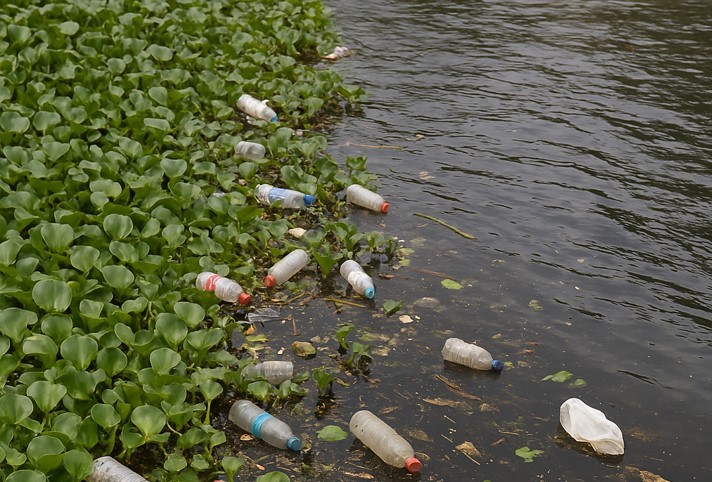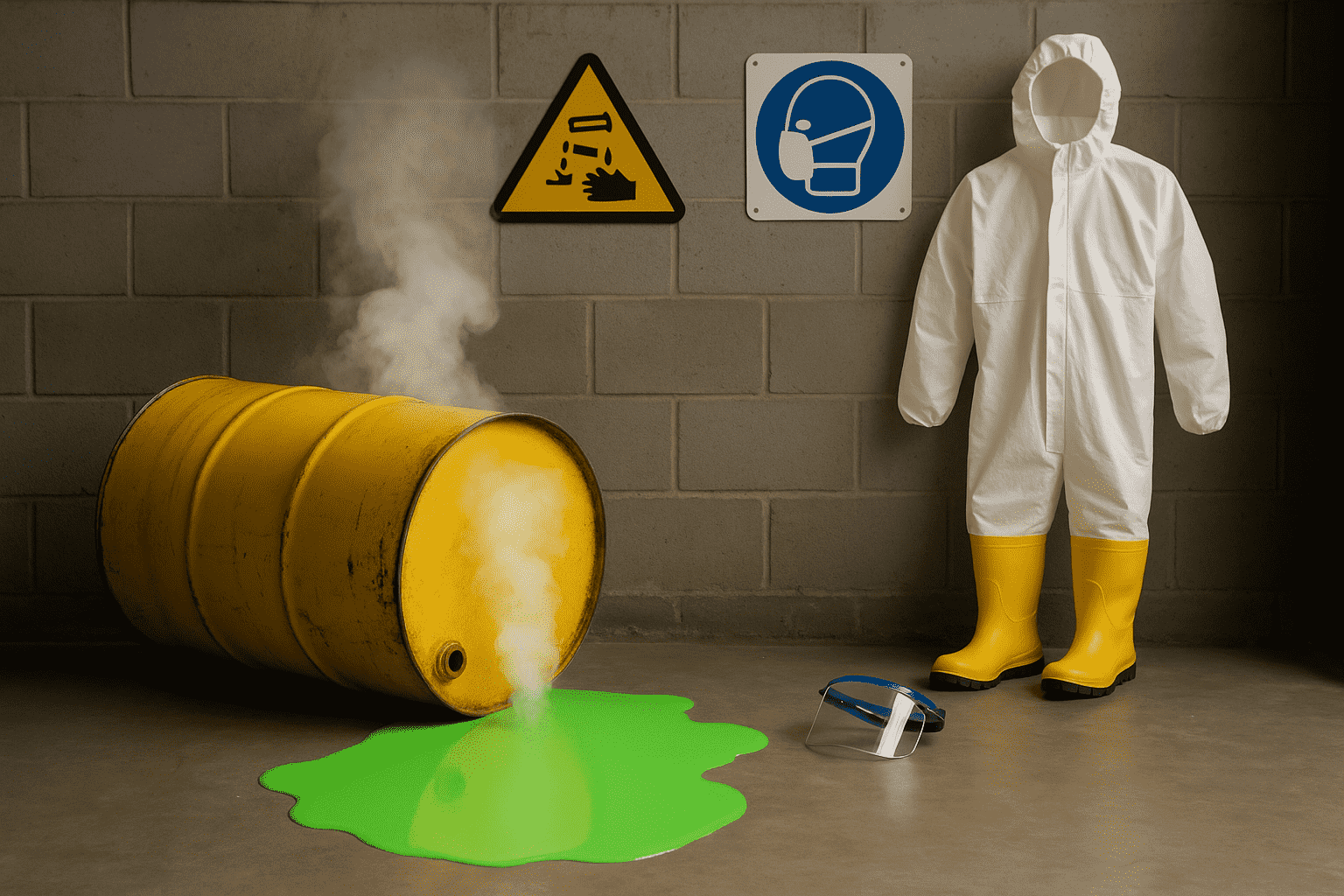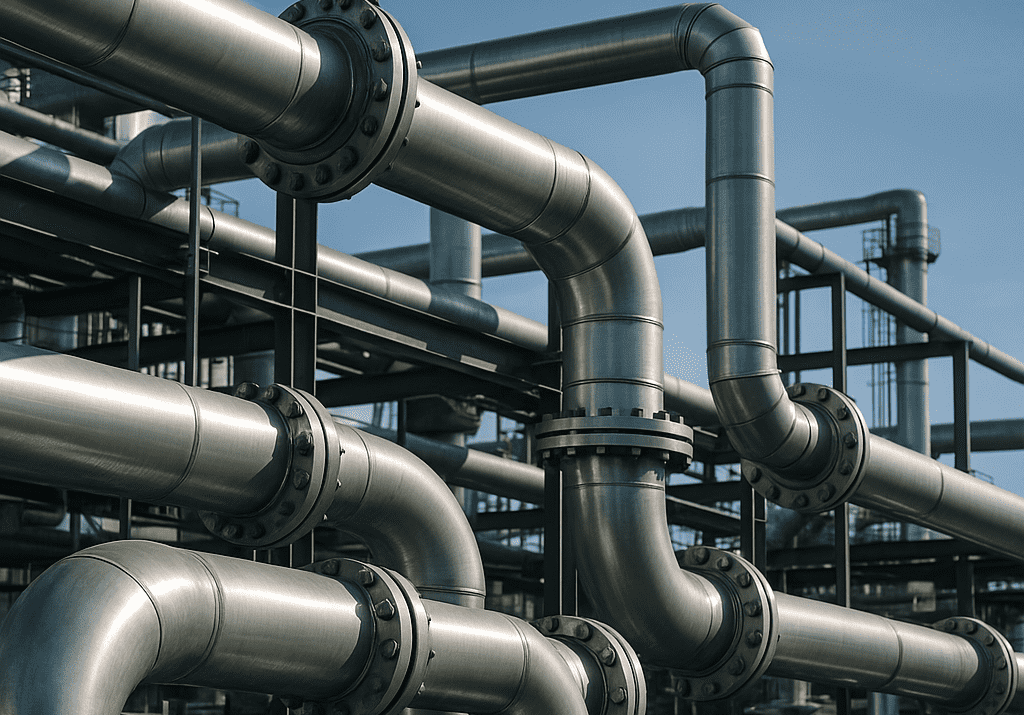Aquatic Weeds and Trash Pollution: A Growing Threat to Water Ecosystems

Water ecosystems include freshwater bodies like lakes, rivers, ponds, and marine environments. They play a crucial role in maintaining biodiversity, regulating the climate, and providing essential resources for both nature and human activities. However, their balance can be easily disrupted by various factors, one of which is the unchecked growth of aquatic weeds.
What are Aquatic Weeds?
Aquatic weeds are unwanted or invasive plants that grow in water bodies such as lakes, ponds, and rivers. They often spread rapidly, disrupting the natural balance of the ecosystem, blocking sunlight, reducing oxygen levels, and hindering water flow and human activities like fishing, irrigation, and navigation.
Aquatic weeds grow rapidly when water bodies are enriched with excess nutrients, particularly nitrogen and phosphorus. In rural areas, this often results from agricultural runoff containing chemical fertilizers and livestock waste. In urban settings, the main culprits include untreated sewage, runoff from fertilized gardens, and organic waste dumped into lakes and ponds. Warm temperatures, stagnant or slow-moving water, and the absence of natural weed predators further encourage their spread, allowing these invasive plants to dominate aquatic ecosystems.
Impact on Native Life
Invasive aquatic weeds grow aggressively. The weeds often monopolize vital resources such as sunlight, space, and nutrients. Their dense mats or submerged growth reduce light penetration, hampering photosynthesis in native aquatic plants. This imbalance affects the entire food web—herbivorous species lose their natural food sources, and predators that rely on them also suffer. Additionally, the decomposition of these weeds consumes large amounts of oxygen, leading to oxygen-depleted zones (hypoxia) in the water. This creates harsh conditions for fish, amphibians, and beneficial microorganisms. In some cases, the weeds alter water temperature and pH levels, making the habitat increasingly hostile for native species. Over time, such ecological pressure leads to a sharp decline in biodiversity, threatening the long-term health and resilience of aquatic ecosystems.
Impact on Fisheries
Excessive aquatic weed growth poses several challenges to fisheries. Thick weed mats can hinder the movement of fish, limit their access to food, and disrupt natural breeding grounds. The dense vegetation often reduces dissolved oxygen levels in the water, especially at night or during decay, leading to fish stress or even mass die-offs. Weeds can also clog fishing nets and equipment, making harvesting difficult and reducing the efficiency of fishing operations. Moreover, invasive weeds may create an unsuitable environment for native fish species while favouring less desirable or invasive fish, affecting both the ecological balance and economic viability of fisheries.
How to Deal with Aquatic Weeds
Aquatic weeds can be managed with mechanical control, one of the most effective methods for immediate results. It involves physically removing weeds using rakes, cutters, or harvesters to clear waterways and restore flow. Biological control, chemical treatments, and preventive measures also play a role in long-term weed management.
Trash Skimmers for Aquatic Weed Removal
Trash skimmers are versatile floating machines designed for aquatic weed removal, plastic waste, and debris from water bodies. They operate using a front-mounted conveyor system that dips slightly below the water surface to gather material as the skimmer moves forward. The conveyor lifts the collected waste onto an onboard storage platform, which can be offloaded once full. Some models include side arms or guiding paddles for better reach and collection efficiency.
Key features of a trash skimmer typically include:
- • Stainless steel or corrosion-resistant body for durability in harsh aquatic environments
- • Adjustable collection depth to suit different weed types and water levels
- • Onboard storage conveyor for bulk waste collection
- • Hydraulic or electric controls for smooth operation
- • Shallow draft design allowing access to narrow or shallow water bodies
These machines are especially effective in urban lakes, reservoirs, and canals, where weed overgrowth and floating waste can obstruct water flow and harm aquatic life. Trash skimmers offer an efficient, eco-friendly solution for regular maintenance and restoration of water ecosystems.
Aquatic weed overgrowth and trash pollution are two major threats to the health and sustainability of our water bodies. While excessive nutrients, untreated waste, and stagnant water encourage the spread of invasive weeds, growing urbanization continues to add plastic and organic debris to lakes, rivers, and canals. Together, they choke aquatic ecosystems, disrupt native life, and affect water quality, fisheries, and local livelihoods. Addressing these issues requires a combination of prevention, regular maintenance, and innovative solutions. Tools like trash skimmers offer a practical and eco-friendly approach to tackling both floating weeds and waste, helping restore balance and functionality to our water systems. A conscious effort from communities, authorities, and industries is essential to preserve these vital ecosystems for future generations.
Frequently Asked Questions
Q.1 What preventive measures can be taken to avoid the spread of invasive aquatic plants?
A. Preventive measures to avoid the spread of invasive aquatic plants include cleaning boats and equipment, avoiding plant transport, and monitoring water bodies regularly.
Q.2 What are the common types of aquatic weeds found in freshwater bodies?
A. Common types of aquatic weeds found in freshwater bodies include water hyacinth, hydrilla, duckweed, and Eurasian watermilfoil.





